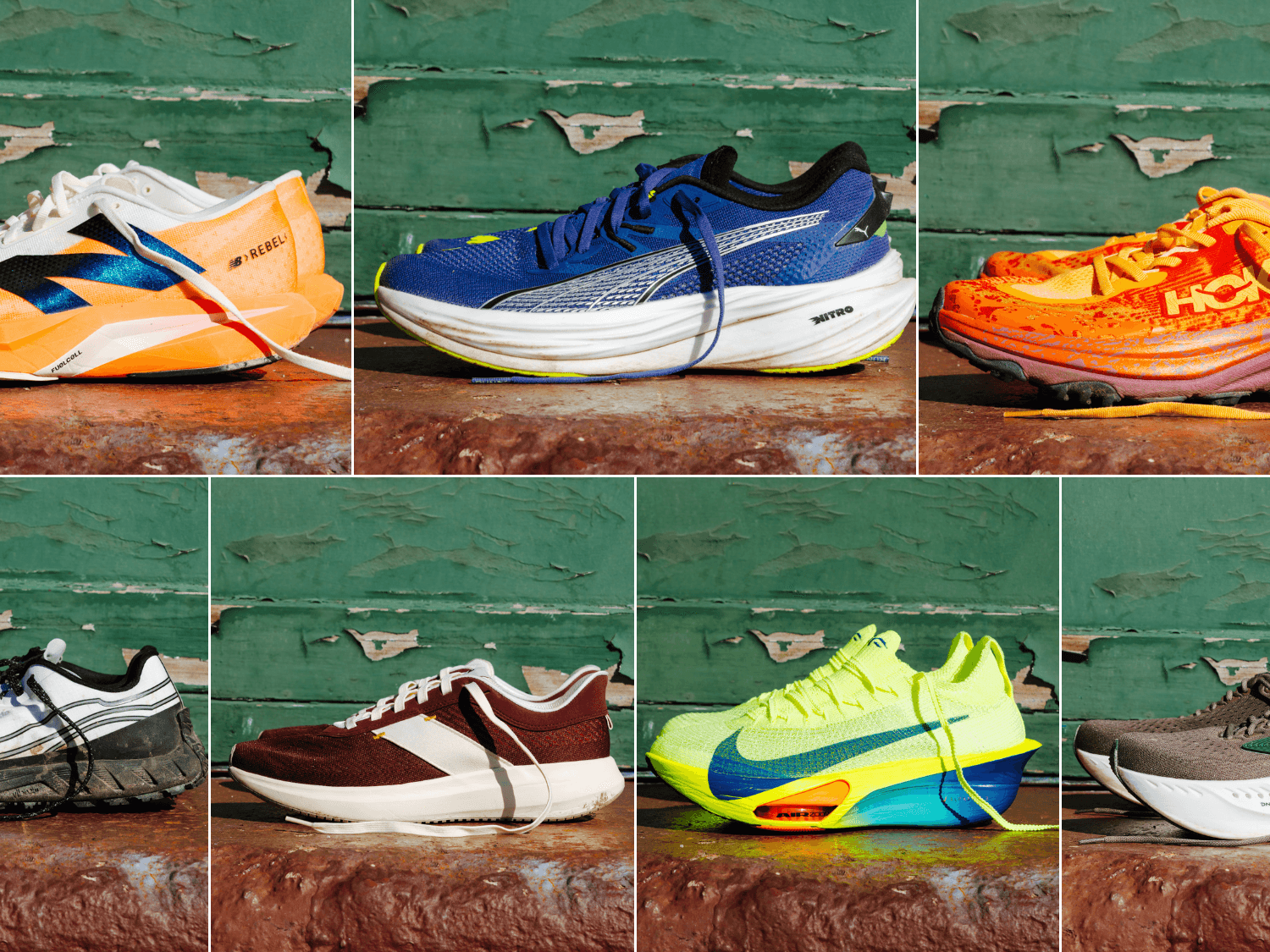Choosing the Best Running Shoes for 2025—Stay Ahead in Your Running Game
Running shoes are more than just footwear; they are your ultimate companions in achieving your fitness goals, improving performance, and preventing injuries. With 2025 bringing innovative designs and technology, selecting the best running shoes can seem daunting, especially amid countless options on Amazon, Google, and YouTube. Whether you’re a seasoned marathoner or just starting out, understanding what makes a shoe excellent for your specific needs can elevate your running experience. This comprehensive guide explores the latest trends, features, and detailed reviews of top models to help you find the perfect pair.
In the world of Running Shoes, choosing the right pair is crucial—it impacts your comfort, efficiency, and long-term health. Dive into our expert insights and discover how to align your shoes with your unique biomechanics, running style, and specific conditions like flat feet or plantar fasciitis. We also spotlight minimalist options and those designed to prevent common issues such as shin splints. Ready to step into greatness? Let’s explore!
Understanding Running Shoes
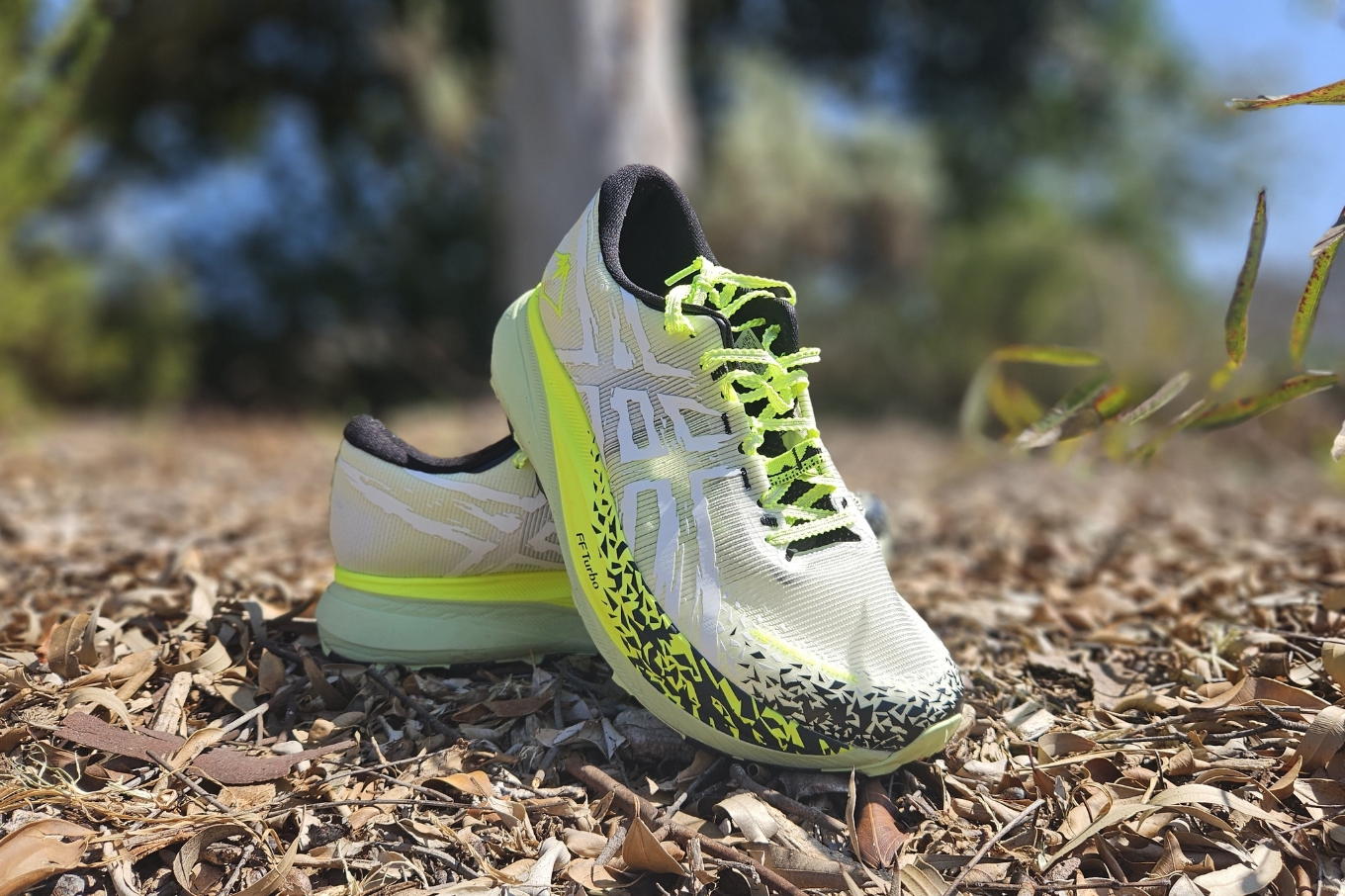
Choosing the right Running Shoes is foundational to improving your running experience. Far beyond a simple item of sportswear, the optimal shoe supports your biomechanics, minimizes injury risk, and enhances performance. With countless varieties available, understanding the core aspects of running footwear helps you make informed decisions tailored to your personal needs.
Running shoes are engineered with specific features aimed at different types of runners and foot conditions. From cushioning and stability to weight and breathability, your choice should optimize comfort while catering to your running objectives. As technology advances, brands incorporate smarter materials that adapt to your gait, providing a more personalized running experience.
To truly benefit, it’s important to recognize that what works for one person might not work for another, making expert guidance and personal trials vital components of your buying process.
Importance of Selecting the Right Running Shoes
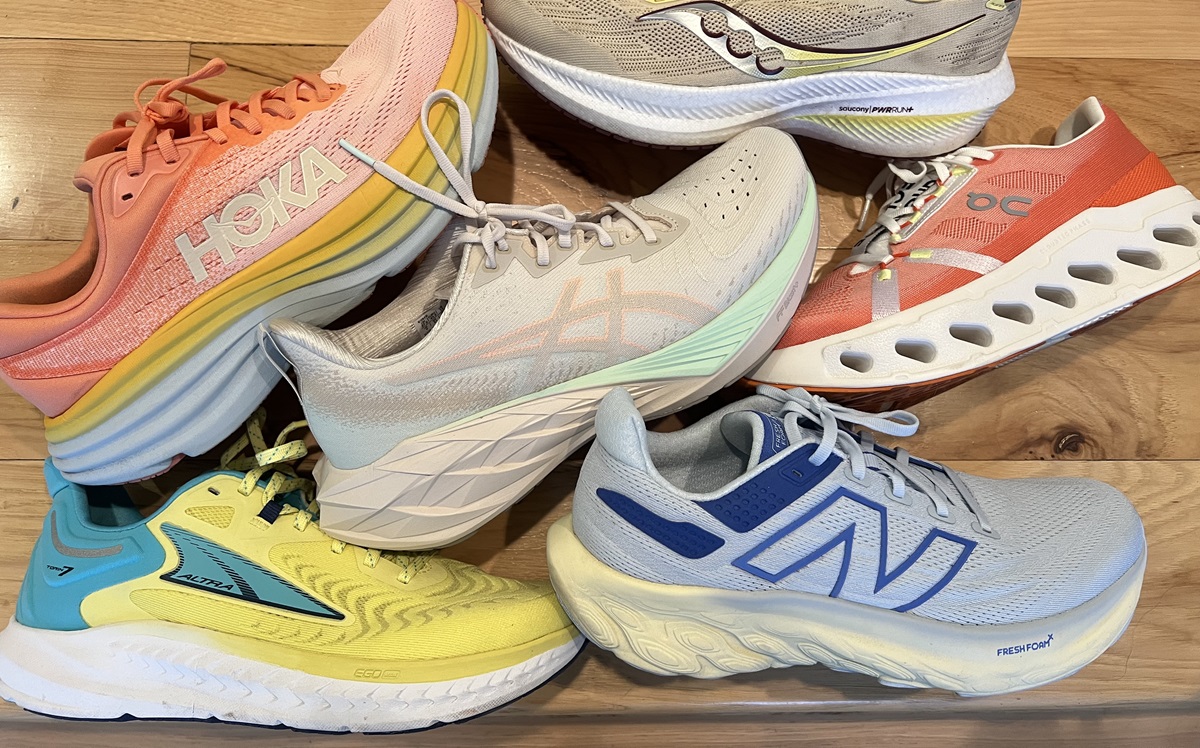
Selecting the right running shoes isn’t merely a matter of style or brand loyalty; it’s about protecting your body from the routine stresses of running. Proper footwear can improve your performance, reduce fatigue, and significantly lower the chances of injuries such as stress fractures, shin splints, or plantar fasciitis. The importance of choosing shoes that match your foot shape, running surface, and training volume cannot be overstated.
Evidence suggests that wearing shoes designed for your specific biomechanics can prevent overuse injuries and improve running economy. For example, runners with overpronation—where the foot rolls inward excessively—need stability shoes that control motion, while neutral runners can benefit from lighter, more flexible designs that promote natural gait. Understanding your foot’s unique structure is the first step to optimizing your running experience.
Moreover, the connection between shoe fit and motivation is powerful—comfortable shoes encourage consistency, which is key for long-term health and fitness. Investing in a pair that aligns with your goals and provides optimal support guarantees that your running journey is both enjoyable and sustainable.
Different Types of Running Shoes
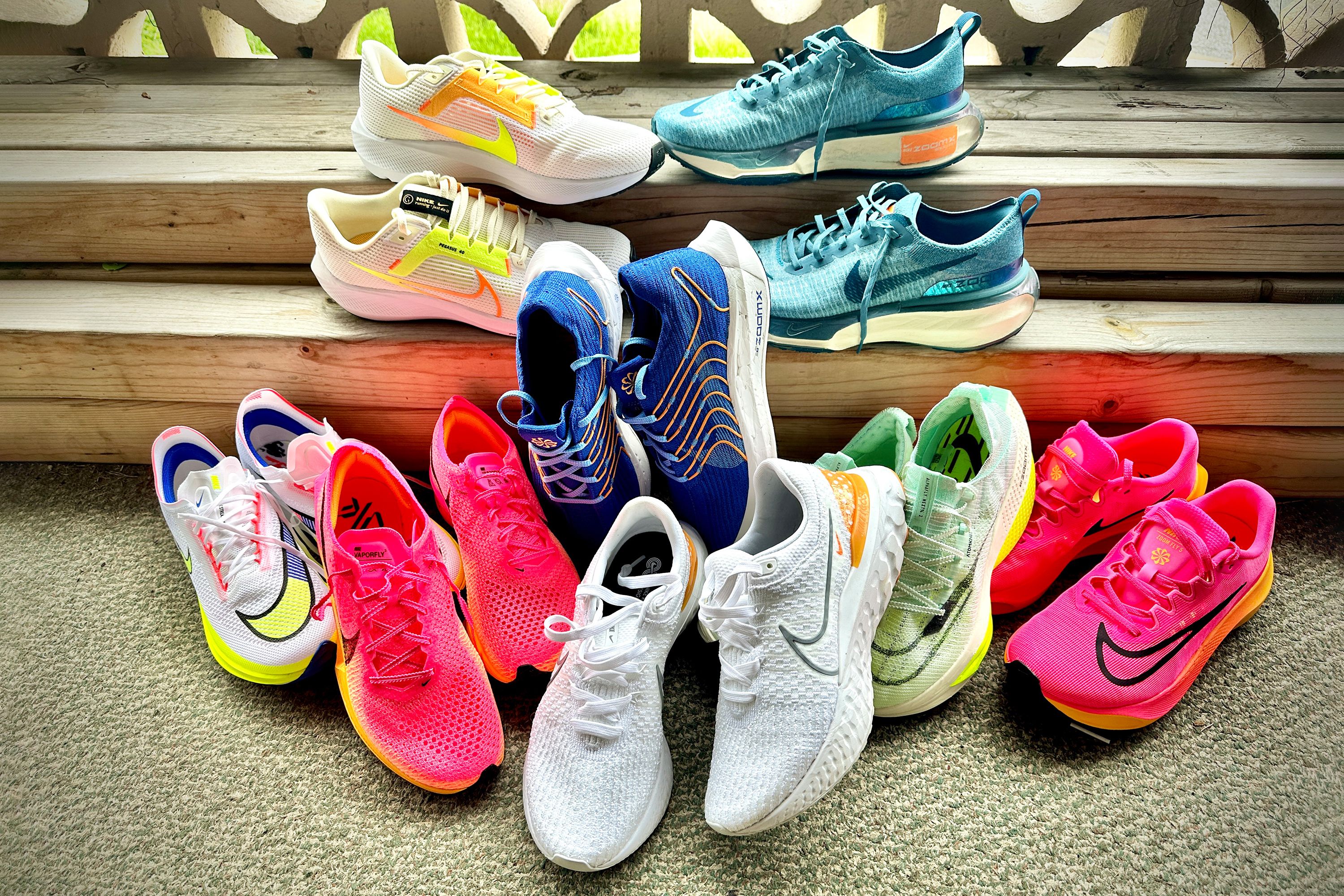
The vast array of running shoes available on the market cater to different needs and preferences. Broadly, there are four categories: stability shoes, neutral shoes, motion control shoes, and minimalist shoes. Each type addresses specific biomechanical requirements and terrain.
Stability shoes are designed for runners with overpronation, offering additional support to prevent the foot from rolling inward excessively. These shoes typically feature medial posts or enhanced arch support. Neutral shoes, by contrast, accommodate runners with neutral gait patterns, emphasizing cushioning and flexibility for a more natural foot strike. Motion control shoes are the most rigid, providing maximum support for severe overpronators or those with flat feet, often incorporating stiff features to limit excessive movement.
Minimalist running shoes focus on providing less support and cushioning, aiming to mimic barefoot running. While controversial for some, they appeal to runners seeking a more natural gait and a closer connection to the ground.
Trail running shoes differ markedly from road shoes, featuring aggressive tread patterns, reinforced toe caps, and enhanced stability for uneven terrain. Cross-training options are also available, offering versatility for different workout styles.
| Type of Running Shoes | Ideal Runner Profile | Key Features | Recommended For |
|---|---|---|---|
| Stability | Overpronators, flat-footed | Arch support, medial posts, reinforced midsoles | Long-distance, daily training |
| Neutral | Supinators or neutral gait | Cushioned, flexible, lightweight | General running, speed work |
| Motion Control | Severe overpronators, flat feet | Stiff, maximum support | Overuse injury prevention |
| Minimalist | Natural foot strike, experienced barefoot runners | Thin midsoles, zero drop | Short runs, strength training |
| Trail | Trails, uneven terrain | Aggressive grip, reinforced sole | Off-road running |
Understanding these distinctions enables you to target shoes from your chosen category, setting a solid foundation for injury prevention and optimal performance.
Features to Look for in Running Shoes
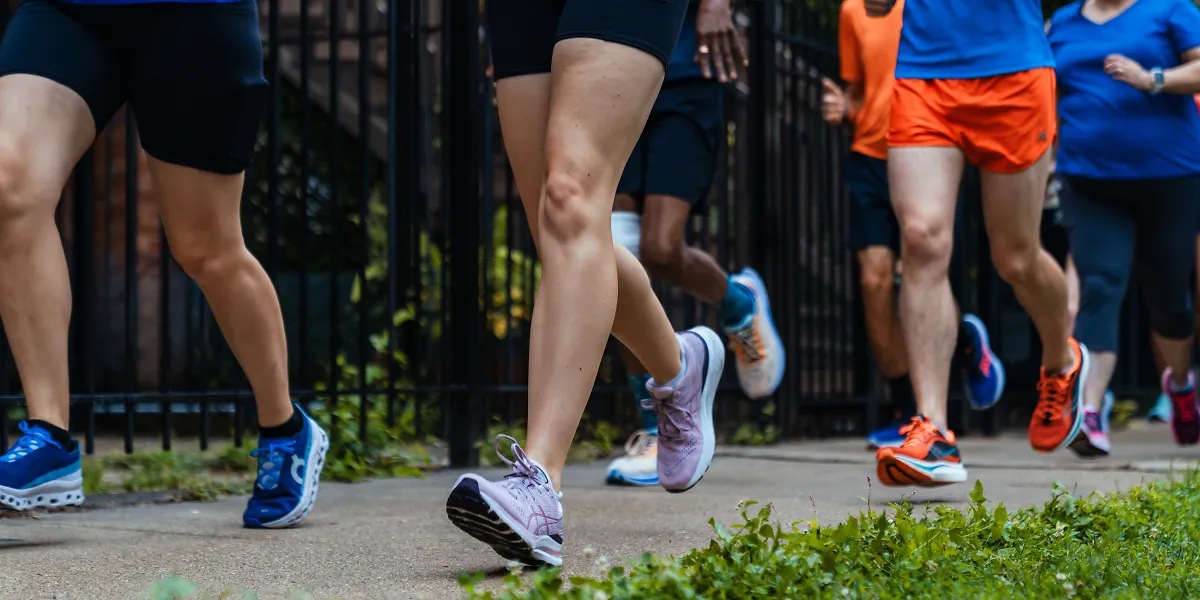
When selecting Running Shoes, several core features determine how well the footwear will support your running style and specific health needs. From cushioning to durability, the right combination can transform your runs from uncomfortable to exhilarating.
This section emphasizes the essential features to scrutinize before making a purchase, helping you decipher product specifications and choose shoes that actually improve your running experience rather than just look appealing.
Cushioning and Support
Cushioning acts as the shoe’s shock absorber, dispersing impact forces that occur during running. Proper support helps maintain foot alignment, especially vital for runners with specific foot conditions or high mileage.
High-impact runners benefit from advanced cushioning technologies like Adidas Ultra Boost’s Boost midsole, which delivers responsive energy return. The right amount of cushioning ensures comfort during long runs, prevents joint strain, and reduces fatigue. However, too much softness can compromise stability, so a balanced approach is necessary.
Support features include medial posts for stability, arch supports for flat feet, and heel counters that lock the foot in place. For runners prone to overpronation or underpronation, shoes with targeted support reduce abnormal movements and protect joints and tendons.
Fit and Comfort
A proper fit is the foundation of effective running shoes. Shoes that are too tight can cause blisters, black toenails, and nerve compression, while loose shoes lead to blisters, instability, and discomfort.
Comfort is subjective but essential; your shoes should contour naturally to your foot shape, with enough room in the toe box for toe splay without excessive space that causes friction. The heel fit is also crucial—an ill-fitting heel can lead to blisters and chafing, especially during longer runs.
Materials like mesh uppers facilitate breathability and adapt to foot movements, ensuring you stay dry and comfortable. Many brands now incorporate seamless designs and adaptive lacing systems that improve fit without irritation.
Weight and Breathability
Lightweight shoes enhance speed and reduce fatigue, especially important for race days or intense workouts. Modern textiles and foam materials contribute to significant weight reductions without sacrificing support or durability.
Breathability is equally vital. Running generates heat and sweat, which can cause discomfort or blisters. Shoes with mesh uppers, perforations, and moisture-wicking linings promote airflow, keeping your feet dry and reducing the risk of infections or blisters.
Choosing a balance between weight and breathability depends on your running style. For marathons or long-distance training, lightweight and breathable shoes might be preferable, while trail running might require more durable, less ventilated options with reinforced support.
Durability and Stability
Shoes are a significant investment in your health and performance, so durability matters. Materials like reinforced rubber soles and abrasion-resistant uppers extend the life of your footwear, especially if you run on rough terrains.
Stability features, such as medial posts or firm midsoles, provide control for overpronators or runners with flat feet. These elements help maintain proper gait alignment, preventing injuries related to excessive pronation or supination.
A quality pair should resist wear after several hundred miles. Regularly inspecting your shoes for worn midsole foam or tread patterns will alert you to when it’s time for replacement, ensuring ongoing support and injury prevention.
Best Running Shoes for Flat Feet
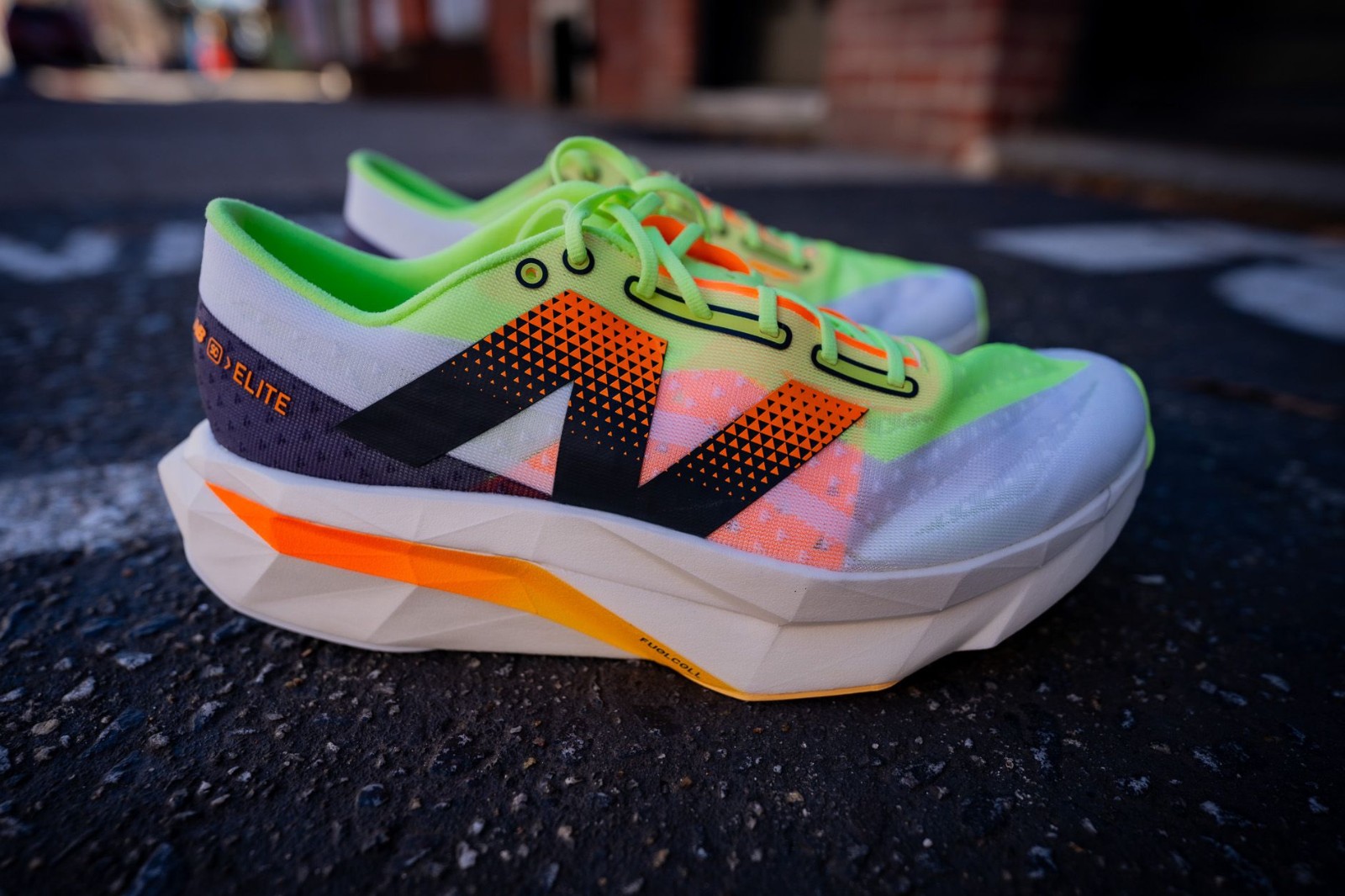
Flat feet, characterized by a collapsed arch, often lead to overpronation, which can stress joints, tendons, and muscles, ultimately causing discomfort or injuries. The right running shoes for flat feet should provide ample arch support and stability to help correct biomechanics and reduce strain.
Understanding how flat feet affect running mechanics is essential for selecting appropriate footwear. While some runners may benefit from custom orthotics, choosing the right shoes can significantly alleviate problems and improve overall running enjoyment.
Importance of Arch Support
The arch plays a crucial role in shock absorption and distributing the impact force during running. Flat feet lack this natural arch, leading to overpronation—the excessive inward rolling of the foot—and instability.
Without proper arch support, flat-footed runners risk developing plantar fasciitis, shin splints, knee pain, and hip issues. Shoes with built-in arch supports help stabilize the foot, improve alignment, and reduce undue stress on other joints.
Custom orthotics can further enhance arch support, but many shoes on the market now feature specialized insoles designed specifically for flat feet. Prioritizing support over cushioning alone ensures that the foot is biomechanically aligned during runs.
Top Recommendations for Flat Feet
Some of the best options for flat-footed runners include:
- Brooks Ghost 16: Known for its balanced cushioning and arch support, this neutral shoe offers a smooth ride adapted for flat feet.
- Asics Gel-Kayano series: These stability shoes provide excellent arch support and are designed to control overpronation effectively.
- New Balance 860v13: Reinforced with multiple support features, it’s ideal for overpronators looking for durable comfort.
Look for shoes featuring medial posting, reinforced heel counters, and orthotic compatibility for added customization.
Key Features to Consider
Choosing shoes for flat feet should involve inspecting the midsole structure, arch support, and heel stability. A firm midsole helps control excessive pronation, while a snug heel cup maintains proper foot alignment. Ventilation and cushioning shouldn’t be compromised but should complement stability features.
It’s also advisable to try various models and consult with a specialist to evaluate your gait. Investing in shoes that match your biomechanics ensures that you’ll enjoy pain-free runs and better performance.
Best Running Shoes for Plantar Fasciitis in Men
